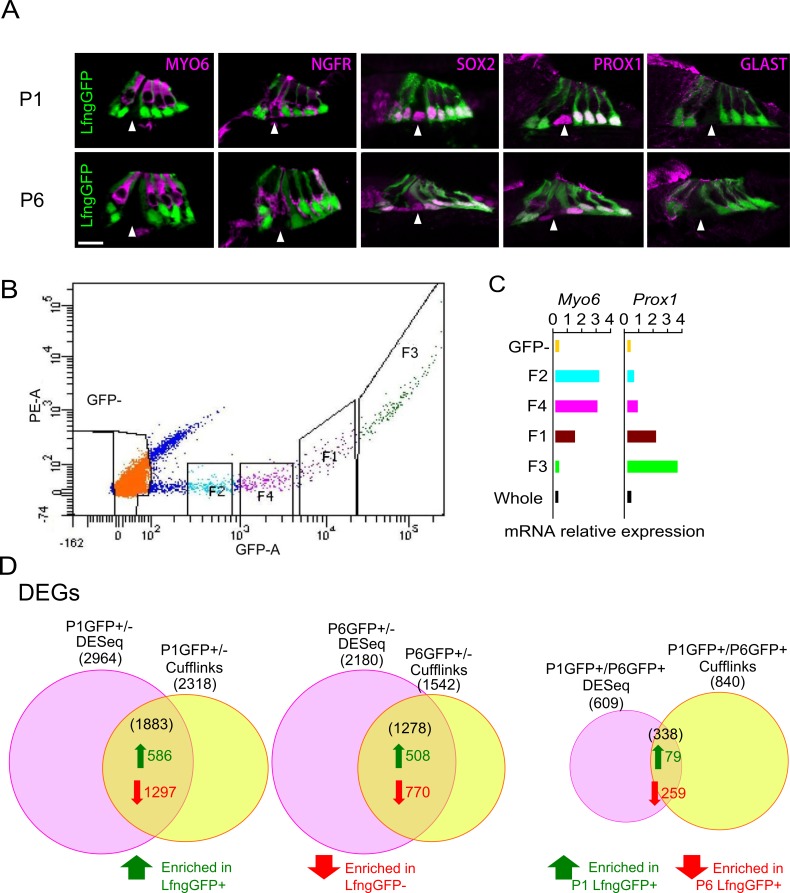Fig 1. Isolation of neonatal supporting cells and analysis by RNA-seq.
(A) Sections through postnatal day 1 and 6 LFng-GFP transgenic mice. At both ages, the GFP transgene is expressed in border cells, inner phalangeal cells, outer pillar cells and all three rows of Deiters’ cells, but not inner pillar cells (arrowheads). Sections are counterstained with antibodies to MYOSIN VI to show hair cells and SOX2, PROX1, GLAST or NGFR to show distinct types of supporting cells (magenta). Scale bar 20 μm. (B) Representative FACS profile for sorting of P1 LFng-GFP transgenic cochleas. GFP intensity is shown on the x-axis, with four fractions (F1-F4) identified on the sorting profile. (C) QPCR analysis of the different fractions for expression of a hair cell marker (Myo6) and a supporting cell marker (Prox1). Cells falling in F3, which contained the highest Prox1 signal and lowest Myo6 signal were used in subsequent experiments. (D) Identification of transcripts enriched in the GFP+ fractions at P1 (left) and P6 (center) using the intersection of differential gene expression between GFP+ and GFP- cells analyzed with DESeq and Cufflinks. 586 consensus GFP+ transcripts were identified at P1 and 508 at P6. The right Venn diagram shows the intersection of enriched GFP+ transcripts differentially expressed between P1 and P6 analyzed with DESeq and Cufflinks. 79 transcripts were enriched in P1 GFP+ cells compared to P6 GFP+ cells, whereas 259 transcripts were enriched in P6 GFP+ cells compared to P1 GFP+ cells. p < 0.01, q < 0.01 and log2(fold change) > 2.

